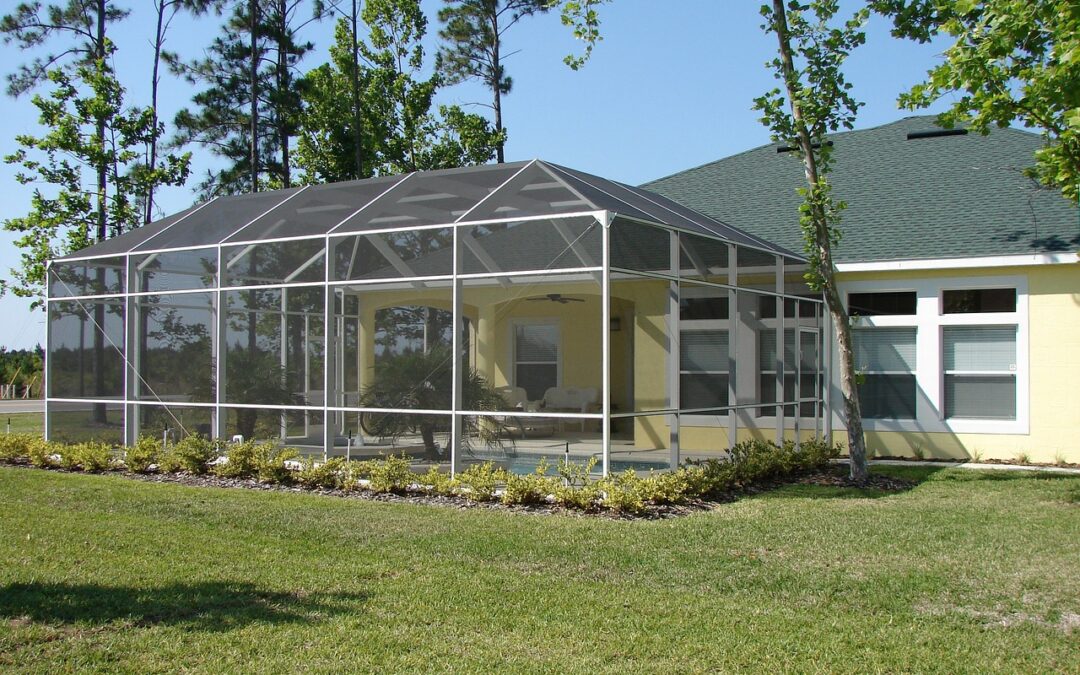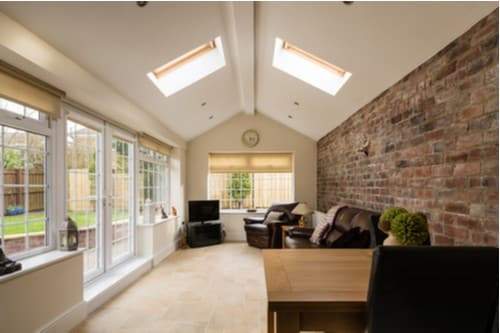Introduction to Choosing Windows and Doors for Rental Properties
Windows and doors are more than just functional elements of a rental property; they are pivotal in defining its aesthetics, comfort, and overall appeal. The right windows and doors can transform a property from ordinary to outstanding, enhancing its curb appeal and making it more attractive to potential tenants. This visual appeal is crucial in a competitive rental market, where first impressions can significantly influence a tenant’s decision.
Beyond aesthetics, the functionality of windows and doors plays a vital role in a property’s energy efficiency. High-quality, well-installed windows and doors can reduce energy costs by keeping heat in during the winter and out during the summer, contributing to a more comfortable living environment. This energy efficiency is a selling point for environmentally conscious tenants and translates into direct savings on utility bills, making the property more appealing from a cost perspective.
The impact of choosing the right Charleston windows and doors extends to the property’s value and tenant satisfaction. Properties that offer beauty and functionality tend to maintain or increase their value over time. For landlords, this means a better return on investment through higher rental rates and lower vacancy rates. For tenants, it means living in a property that offers comfort, security, and a sense of pride. Investing in the right windows and doors is a win-win, enhancing the rental experience for landlords and tenants.
Before selecting windows and doors for your rental properties, several key considerations must be considered to ensure that your investment is wise and beneficial in the long term. These considerations are crucial in balancing upfront costs with the long-term value they bring to your property.
Budgeting for Quality and Longevity
The initial cost of windows and doors can be significant, but viewing this expenditure as an investment rather than just an expense is essential. Opting for higher-quality materials may come with a higher price tag, but they often offer more excellent durability and require less maintenance over time. This means a lower total cost of ownership and fewer headaches related to repairs and replacements. Investing in quality enhances the property’s appeal and contributes to its overall longevity, ensuring that the property remains competitive and valuable in the rental market.
Climate Considerations and Their Impact on Material Choice
The climate in which your rental property is located significantly influences the type of windows and doors you should choose. Different materials react differently to weather conditions; for example, wood may warp in a humid climate, while vinyl might hold up better. Similarly, properties in coastal areas may require materials resistant to saltwater corrosion. Understanding these nuances can help you select materials that will withstand the local climate, ensuring the longevity and durability of your investment.
Energy Efficiency and Its Importance for Rental Properties
Energy efficiency is a critical factor in today’s rental market. Efficient windows and doors can significantly reduce energy consumption by maintaining optimal indoor temperatures, lowering utility bills for tenants, and making your property more attractive. Furthermore, energy-efficient features are often seen as a mark of quality and care, enhancing tenant satisfaction and potentially allowing for higher rental prices. Investing in energy-efficient windows and doors benefits the environment and adds to the property’s marketability and appeal, making it a smart choice for any landlord.
Selecting the Right Windows and Doors
Understanding the quality and efficiency of windows and doors for rental properties is paramount. Two critical metrics to consider in this evaluation are the U-factor and R-factor, which play a significant role in determining the energy efficiency and overall quality of windows and doors. Additionally, the ratings provided by the National Fenestration Rating Council (NFRC) offer a standardized way to assess these factors, ensuring you make an informed decision.
Understanding the U-factor and R-factor
The U-factor, or U-value, measures the rate at which a window, door, or skylight conducts non-solar heat flow. It’s essentially a gauge of the window’s insulation effectiveness. The lower the U-factor, the better the window insulates, making it ideal for maintaining indoor temperature and reducing energy consumption. This is particularly important in colder climates, where retaining heat within the property can lead to significant energy savings.
Conversely, the R-factor (or R-value) measures the resistance to heat flow. In the context of windows and doors, a higher R-value indicates better-insulating properties, contributing to a more energy-efficient home by keeping unwanted heat out during the summer and retaining warmth during the winter. Materials with higher R-values are preferred for their superior insulation capabilities.
The Significance of the National Fenestration Rating Council (NFRC) Ratings
The NFRC provides independent ratings of windows, doors, and skylights, offering a reliable benchmark for comparing these products’ energy efficiency and quality. NFRC ratings encompass several performance indicators, including U-factor and R-value, like solar heat gain coefficient (SHGC) and visible light transmittance (VLT). These ratings give property owners a comprehensive overview of a product’s performance, allowing for an apples-to-apples comparison between brands and models.
By understanding and utilizing the U-factor, R-factor, and NFRC ratings, landlords can select windows and doors that enhance the aesthetic appeal of their rental properties and contribute to a more comfortable, energy-efficient living environment. This informed approach ensures that investment in property upgrades delivers immediate and long-term benefits, from reduced energy costs to increased property value.






